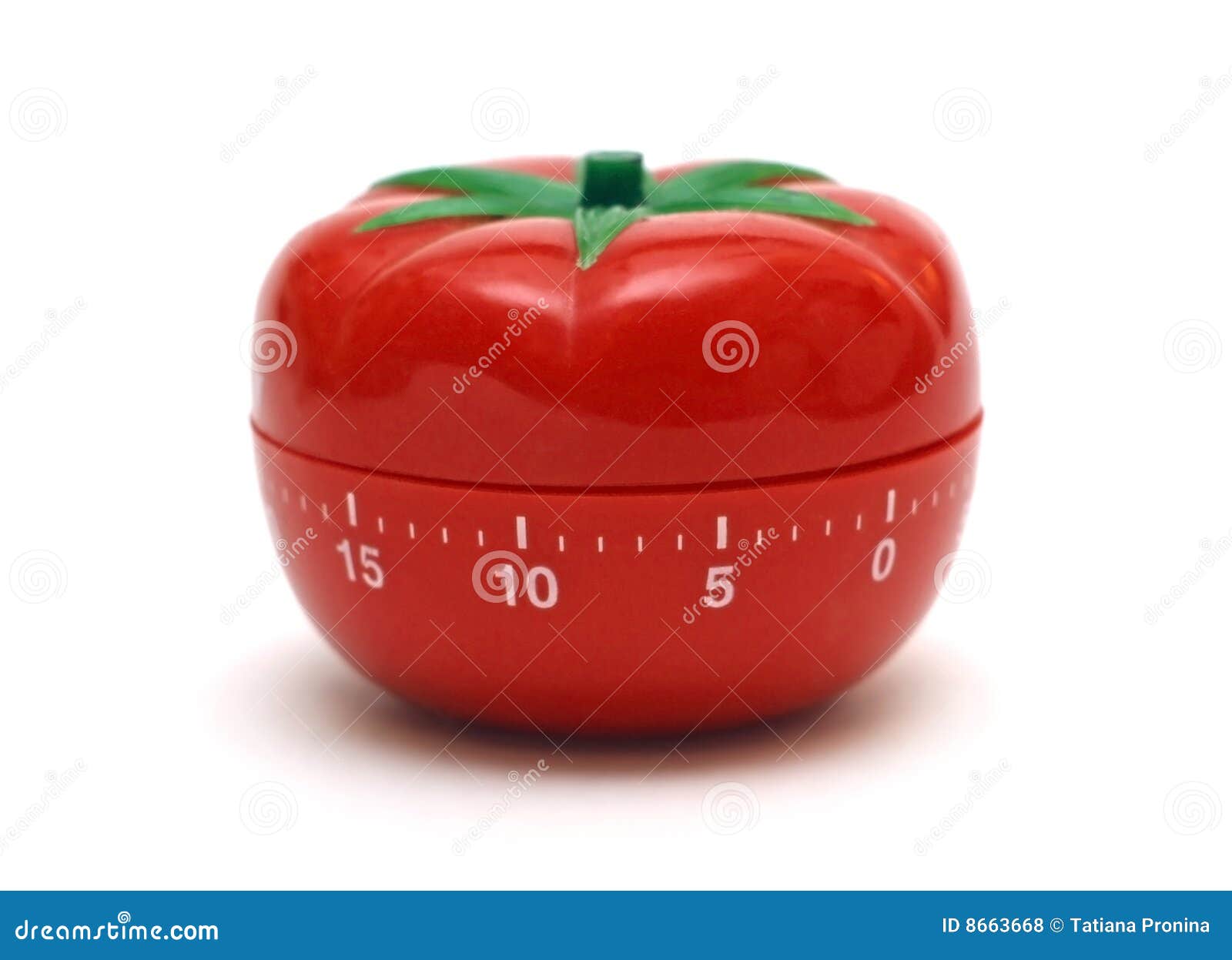

In order to do this, you will want to make a time budget. When you measure time in tomatoes, you want to squeeze the most work you can out of each one (pun intended). The benefits of doing this can be tremendous, and it makes the best use of your time. In Deep Work, Cal Newport suggests that we schedule every task we want to do in a day, and make every attempt to stick to that schedule - pushing away other distractions. The Daily Budget, Deep Working, and Ivy Lee So is that task worth 1/8 of your tomatoes? It’s certainly a place to start thinking about time management. If you have a task that will take you 2 hours to complete, that’s 4 tomatoes, 4 of 32 available, or 1/8 of your daily allowance. So with 32 tomatoes to throw, you can now begin looking at the things on your to-do list, and size them up - not just in their importance and urgency, but also in their expense - as in how much time will they cost you to do?Counting your tomatoes makes this easy. So essentially you don’t really have 48 tomatoes to throw, you have more like 38 or 32. The tragedy is that most of us (hopefully all of us) start our days with 10 to 16 tomatoes already thrown. Keeping the mindset of how many tomatoes you’ve thrown and how many you have left seems to me like a hell of an easy way to get more serious about valuing your time. That means that you start each day with 48 tomatoes to throw at the stuff in your life - projects, tasks, activities, service, etc. That’s 48 tomatoes - 48 half-hour intervals. Last time I checked, we have 24 hours each day. As a consolation to those really intent on splitting hairs: you can use half tomatoes, so that gets you down to 15 minutes.

Consider the rule in project management for budgeting time: however long you think something will take you, multiply that estimate by at least 1.5, and you’ll get the likely duration. In my experience, anything large enough to block out time to do will usually take no less than a half-hour, all things considered. If you’re going to invest the time and mental energy to budget and track your time, 15 minutes will probably not get you a decent return on that investment. 10 or 15 minutes seems like pretty neat and tidy discrete block of time, but things worth budgeting for rarely take less than 15 minutes. You could theoretically get a lot done in an hour, but it’s too big to use as a building block for budgeting time.

To me, nothing does this better than the 30 minute block - or tomato. In order to do that, we need a basic unit in which to think of it. If we really want to think about time like money - so we can better manage it, we must think about how we spend it. But what I like about it goes way beyond the technique itself. This technique works, and I recommend it to anyone having trouble staying on tasks for more than a few minutes. That 25/5 interval is called a pomodoro - Italian for “tomato”. While in college, he began using a kitchen timer shaped like a tomato to keep him doing tasks for 25 straight minutes, with 5 minute breaks after each interval. The Pomodoro Technique was invented by Francesco Cirillo.
#EDITING TOMATO TIMER ON ANKI FREE#
Take a look, and feel free to comment on the piece as you see fit. It combines visual representation of time available, interval work, and simplistic prioritization. The system I have cobbled together looks at time as units larger than conventional minutes and seconds, but smaller than hours.

You can find ways to make more money, you can delegate work so you have less on your plate, but when it comes to time - you get what you get you just have to find a way to make the most of it. No matter what you do, you cannot really get more time than what you are allotted. Time management is key in supercharging your productivity because it is the most scarce resource you have. From Two Great Systems to One Helpful Way to Look at Your Day


 0 kommentar(er)
0 kommentar(er)
